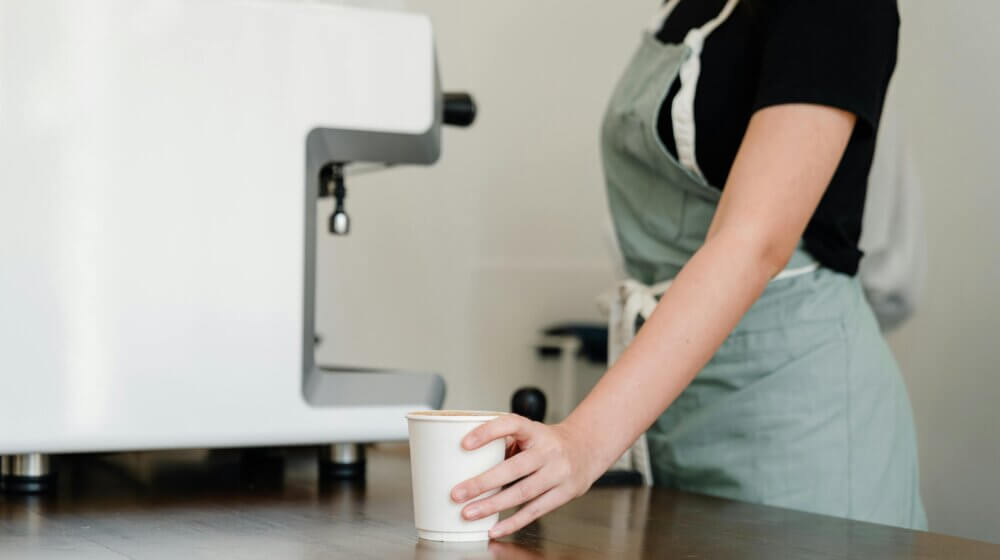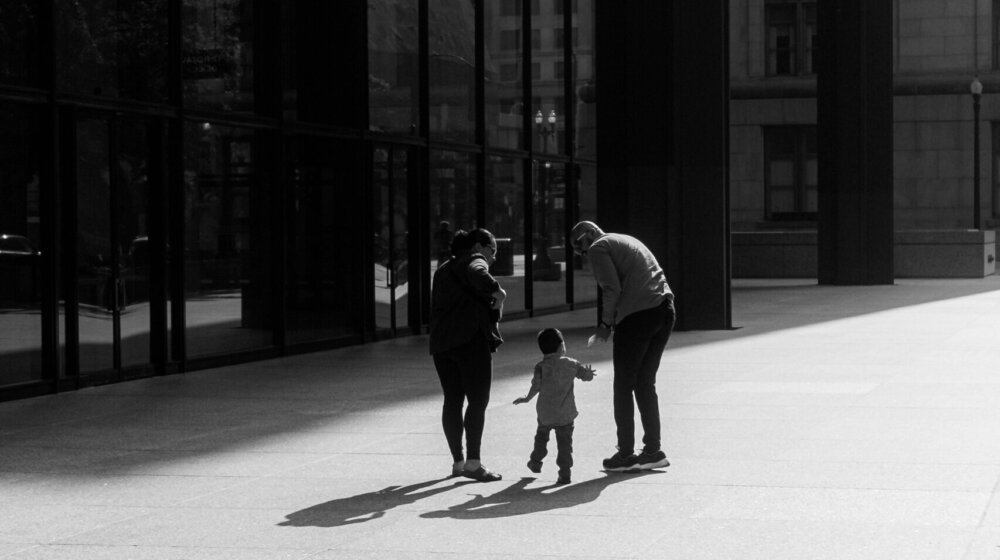
‘A Very British Scandal’: How can you avoid a bitter divorce battle?
In our previous article we looked at the background to the explosive 1963 divorce case fought between the Duke and Duchess of Argyll, recently bought back to the fore by the BBC mini-series ‘A Very British Scandal’.
In this, our second blog on the matter, we delve a little deeper into the battle itself. The tactics, personal attacks, recriminations, and media scrutiny that defined this historic case. What can we learn from ‘A Very British Scandal’ and divorce in the 1950s to protect divorcees in the future, and how have things changed in the years that have passed?
Let’s take a look:
What happened in the run-up to the court case portrayed in ‘A Very British Scandal’?
When the Duke filed for divorce in 1963, the couple had lived separate lives for five years and during this period the Duchess was successfully sued on two occasions for forging evidence. But the Duchess was probably most affected by the Duke’s injunction preventing her from entering Inveraray Castle, despite it being restored largely with her and her father’s money.
The Duke also tried to have the Duchess certified insane because of a head injury, but the attempt failed when a second physician willing to sign the paperwork, couldn’t be found. Had this attempt succeeded, the Duke would have taken control of the Duchess’s finances.
How did adultery play a part in the ‘A Very British Scandal’ divorce battle?
The adultery aspects of this case were highlighted in ‘A Very British Scandal’, and such scrupulous detail was also presented in real life when examining the Duke’s claims about his wife’s infidelity and promiscuity. With relations already immensely acrimonious, it is little wonder that the evidence used by the Duke in an attempt to establish the Duchess’s adultery was morally questionable.
The initial claim named no fewer than 88 men alleged to be extramarital lovers of the Duchess. It later emerged that many of the men named in the list were in fact friends of the Duchess with whom she spent time.
Ultimately the key pieces of evidence presented to the court by the Duke and a key focus of the ‘A Very British Scandal’ TV series, were the Duchess’s own compromising photographs and diaries, in which she detailed meetings with many of the men listed by the Duke.
Why was the photographic evidence depicted in ‘A Very British Scandal’ problematic?
The danger of a fiercely contested divorce is encapsulated in the image of a woman in the witness box, having to deny it was her in the compromising photographs. In this case, the presence of the Duchess’s trademark pearls clearly identified her and she admitted it was her in the Polaroids.
Legally, as the photograph had been taken before the Duke and Duchess met, it should not have been considered as evidence of adultery.
If the Duchess had committed adultery during the course of the marriage, technically the Duke should have petitioned for divorce within six months of finding out about the adultery otherwise the Court could conclude that the Duke had condoned the Duchess’s behaviour.
The images sealed the case against the Duchess, with the judge delivering a personally vicious summing up that lasted more than three hours. The judge described the Duchess as, ‘a completely promiscuous woman”.
Following the Court case, the Duchess was humiliated publicly, nicknamed ‘the dirty duchess’ and suffered popular condemnation for the rest of her life.
The TV series offers a more sympathetic interest in her story and highlights the hypocrisy of the British and the law towards female sexuality in the 1950s.
How was the court evidence shown in ‘A Very British Scandal’ obtained?
Interestingly, the intimate photographic evidence which sealed the Duchess’s fate in the case of ‘A Very British Scandal’ may not have even made it as far as court today.
The diaries, photographs and personal letters stolen by the Duke after he hired a locksmith to break into the Duchess’s London home may not have been admissible as evidence if the case was being heard today.
Recent case law condemns the use of evidence which is gathered through an invasion of privacy however this is not a straightforward matter. If the matter was being heard today no doubt the Duke would try and raise legal arguments regarding his right to occupy the property, but whether these would be successful is an entirely different matter.
The main lesson from ‘A Very British Scandal’ is that contesting a divorce and fighting the details of the case in court is almost always going to be highly risky, potentially damaging and extremely costly, both personally and financially.
Acrimonious divorces are common, but when supplying evidence to strengthen your grounds for divorce, it’s important to stay within the remits of the law to protect yourself from the possible pitfalls.
Disclaimer: General Information Provided Only
Please note that the contents of this article are intended solely for general information purposes and should not be considered as legal advice. We cannot be held responsible for any loss resulting from actions or inactions taken based on this article.
Insights
Latest Insights



Request a call back
We’ll arrange a no-obligation call back at a time to suit you.

